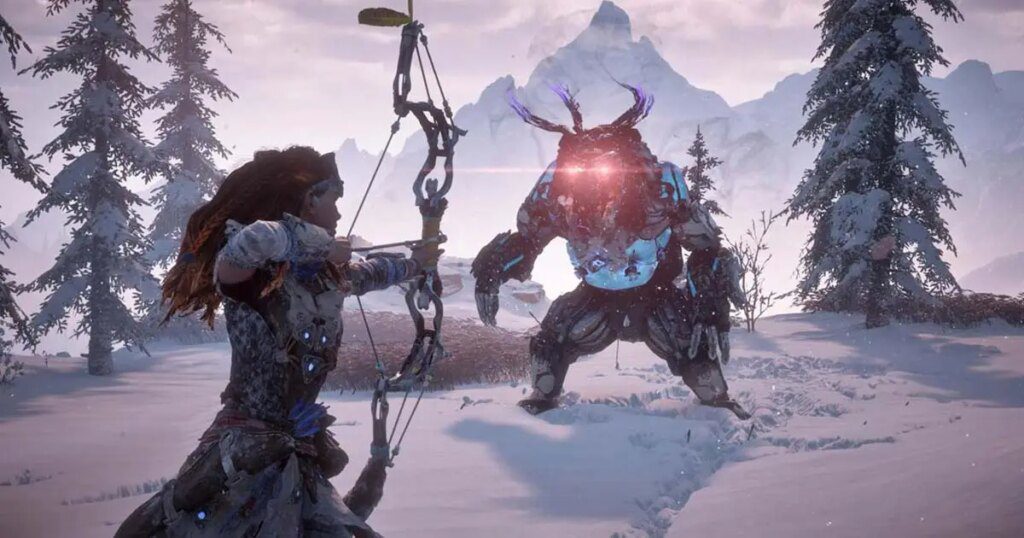Video game visuals have evolved from pixelated graphics to near photorealistic textures, detailed character models, and realistic lighting effects. The creative process for these visuals involves developing a visual style through concept art, creating 3D models and animation, texture creation, lighting and shading, and adding post-processing effects. All these elements come together to create a game that immerses players in a believable and immersive world. The process takes a dedicated team of professionals and a lot of time and effort to optimize the player’s experience. The future of video game visuals looks bright with advancements in technology pushing the boundaries even further.
The Creative Process Behind the Best Video Game Visuals
Video games have come a long way from the pixelated graphics of the early days. Today, video game visuals have almost reached the level of realism, with photorealistic textures, detailed character models, and realistic lighting effects. The development of such stunning visuals requires a mix of artistry, technology, and creativity. The following article will discuss the creative process behind the best video game visuals.
Concept Art
The first step in creating video game visuals is to develop a concept or a visual style. This task usually falls on the art team, who work in close collaboration with the game designers. The concept artists will generate hundreds of sketches and paintings, exploring various visual themes, characters, and environments, until they arrive at a final concept that will guide the project’s art direction. These concepts must match the game’s narrative, tone, and gameplay mechanics. A game set in a post-apocalyptic world will have a different visual style than a fantasy RPG or a sci-fi shooter.
3D Modeling and Animation
The next step is to turn the 2D concept art into 3D models that can be used in the game engine. This is the job of the 3D artists, who use specialized software such as Maya, 3ds Max, or Blender to create the models’ shapes and textures. The 3D models must be optimized for performance and displayed in real-time. Moreover, they must be animated, whether it’s the movement of a character’s body, the flapping of a bird’s wings, or the rotation of a vehicle’s wheels.
Texture Creation
Textures give 3D models their surface details, such as skin, scales, fur, or metal. Textures are 2D images that are mapped onto 3D models, adding depth, realism, and variety. Textures can be created either through procedurally generated algorithms, which generate textures based on predefined rules, or by hand-painting them using tools like Photoshop, Substance Painter, or Mari. Textures are essential in creating a world that is believable and immersive, and they help set the mood and atmosphere of the game.
Lighting and Shading
The lighting in a game is critical as it sets the mood and tone of the game, highlights key areas and objects, and guides the player’s eye. The lighting in the game engine has to mimic real-life lighting, such as the way light bounces off objects, casts shadows, and reflects off surfaces. Additionally, the shading in the game has to be realistic to give the 3D models a sense of depth and volume. This is achieved through various rendering techniques such as ray tracing, global illumination, and ambient occlusion.
Post-Processing Effects
Sometimes referred to as the “icing on the cake,” post-processing effects are visual enhancements added on top of the game’s base visuals to create a more cinematic look. Post-processing effects can include motion blur, depth of field, lens flares, and color grading. These effects can help convey emotions, emphasize important gameplay moments, or provide a sense of immersion.
Conclusion
The process of creating video game visuals is no easy task. It takes a dedicated team of professionals and a lot of time and effort to create visuals that are not only visually stunning but also optimize the player’s experience. The concepts, 3D modeling, textures, lighting, and post-processing effects all play a significant role in creating a game that immerses players into the game world. Video game visuals continue to push the boundaries of technology, and we can expect breathtaking visuals for years to come.
